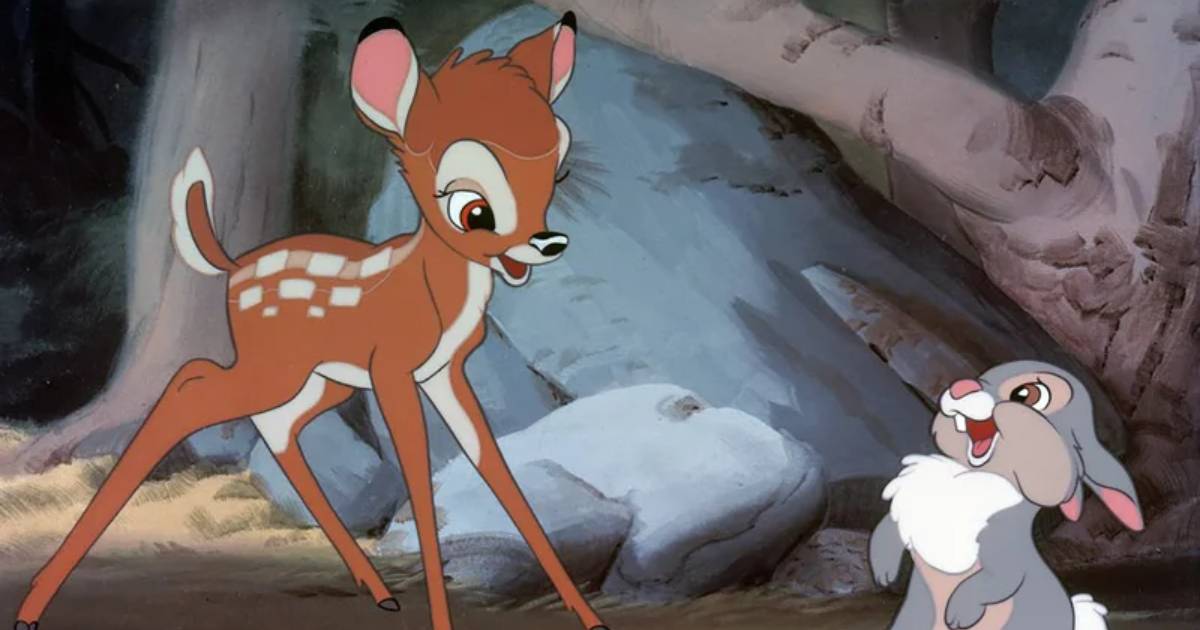
High-Profile Properties Become Public
After decades of protection, several high-profile properties have recently or will soon enter the public domain. As a result, the industry could potentially see a new wave copyright-free content and products.
Winnie the Pooh and Bambi both saw their copyrights expire last year, and they’ll soon be followed by the likes of Peter Pan (2023), Mickey Mouse/Steamboat Willie (2024), Popeye (2025), Superman (2034), Batman (2035), and Buggs Bunny (2035).
These arrivals in the public domain cover many iconic characters created in 1920s, 1930s, and 1940s as copyrights run the life of the author plus 70 years. Trademarks run 10 years and can be renewed provided that their owners can show continued use.
And while copyrights and trademarks are sometimes conflated, there are major differences. Copyrights cover an author’s original works, including literary, dramatic, musical, and artistic works, while trademarks protect names and logos used in goods and services. Copyrights are granted on a global basis, while trademarks must be obtained in each country.
The extent to which many of these characters can be used, however, will be somewhat limited. Superman, for example, will be able to be used as he appeared in the original comic books, but not how he was depicted in countless TV series and films. Those rights, at least for the movies, are controlled by Warner Bros. after a long-running legal battle. In the case Betty Boop, IP owner Fleischer Studios has trademarked both the character’s name and image for a wide variety of products. The brand, which has 180 licensees, is represented by Global Icons.
As the copyrights expire, “all properties have shifted over to trademark protection to cover the merchandising versions of their properties,” said Gregory Battersby, Managing Member of The Battersby Law Group. “In the case of a book, if the copyright on an underlying book expires, someone could come out and copy the entire book and sell it because it is in the public domain.”
What happens when a property enters the public domain was demonstrated by the release of the low-budget horror film Winnie the Pooh: Blood and Honey in February. The movie put a new spin on author A.A. Milne’s 1926 book Winnie the Pooh after the copyrights expired on January 1, 2022. The film was based on the original book, which meant that anything introduced after 1926 couldn’t be used. That includes Pooh’s red shirt and the Tigger character, who first appeared in Milne’s House at Pooh Corner in 1926 and enters public domain in 2024. Since Disney still owns the trademark rights for the characters, the film had to walk a fine line.
“So long as the new film uses only material that’s in the public domain, Disney wouldn’t have a copyright claim,” said Aaron Moss, who specializes in copyright and trademark law at firm Greenberg Glusker. “But Disney could have a trademark claim if the film were marketed in a way that makes it look like the film was somehow associated with or approved by Disney. The question is where Disney tries to draw the line on [copyright] enforcement and if courts get involved to draw that line judicially.”

















